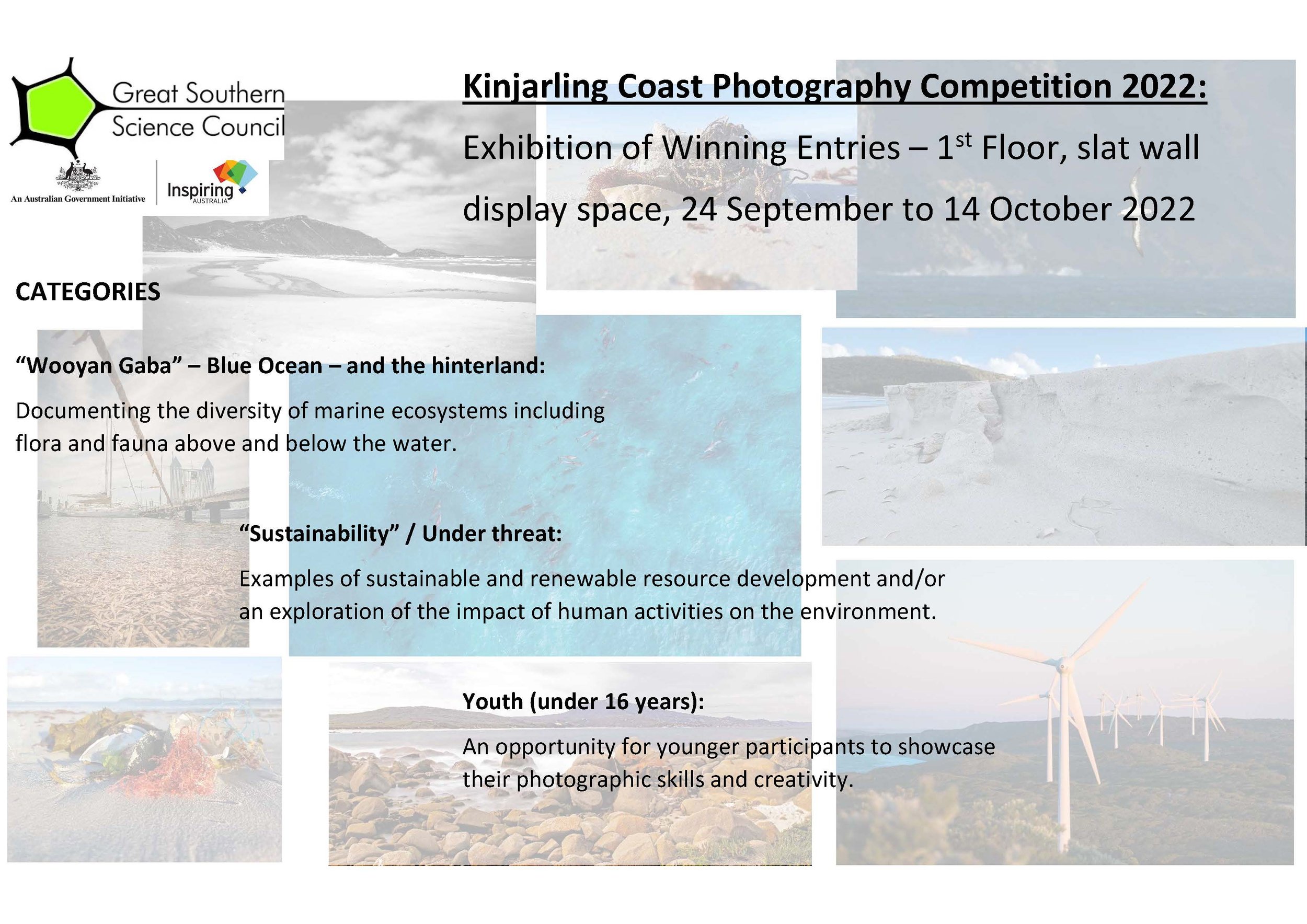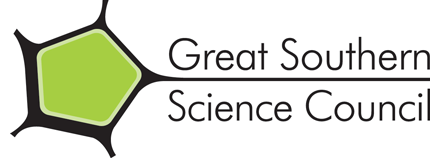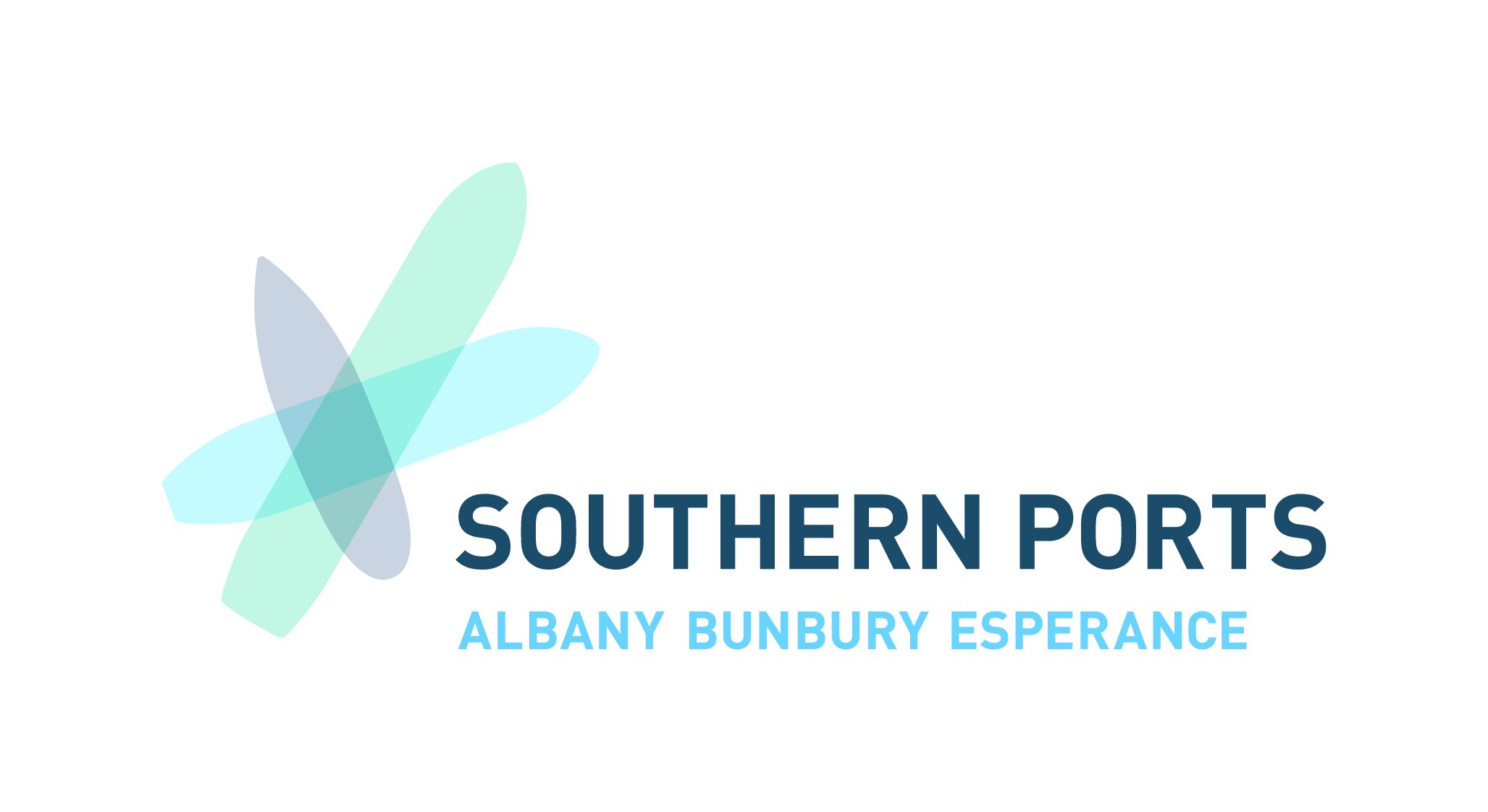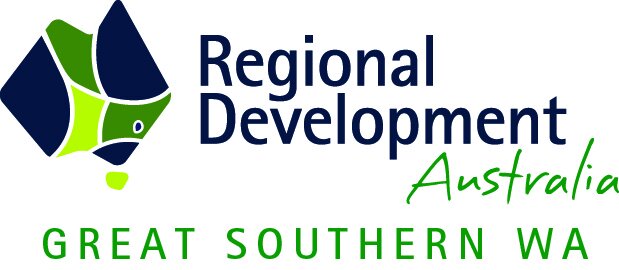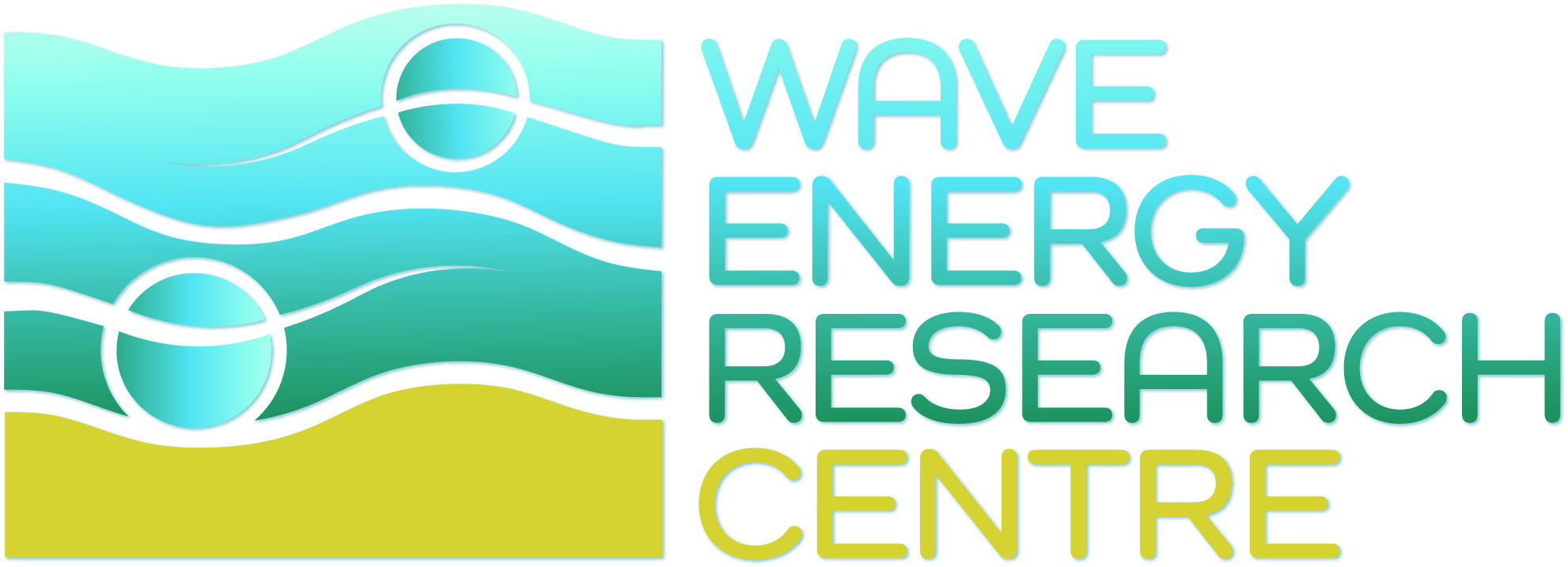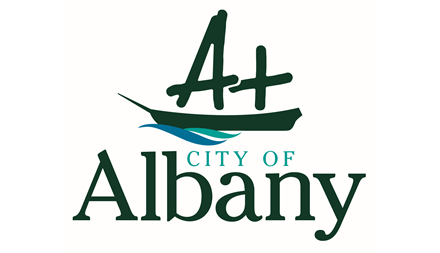We know the threat that feral and domestic cats pose to our birds, mammals, frogs and lizards but did you know they can threaten our lives and influence our behaviour by infecting us with protozoan parasite Toxoplasma gondii?
Extensive research now shows that people infected with Toxoplasma gondii can experience behaviour change with the infection also being linked to an increase in schizophrenia and neurotic behaviour in the general population. Some scientists believe that toxoplasmosis infection could also influence human culture through its effects on individual personality (Lafferty 2006).
Life cycle of Toxoplasmosis gondii
Cats, which are the primary host, eats infected prey (secondary host) - the parasite infects wall of cat's small intestine - parasite multiplies and oocysts are released into the faeces - oocysts ingested by other animals (secondary hosts) which then form cysts in the animals' tissues, including muscle and the brain. More information.
How do humans become infected?
The main avenues of infection are from eating undercooked encysted meat, unpasteurised milk, gardening and not washing your hands thoroughly, changing the cat's litter tray and not washing contaminated fruit and vegetables. Children can become infected by playing in sand pits contaminated with cat faeces.
T. gondii can also be transmitted across the mother's placenta into the growing foetus, causing a range of problems including abortion.
How does this protozoan influence our behaviour?
This parasite has evolved to ensure it completes its life cycle. Research has shown that rodents infected with T. gondii show less fear of cats making them easier to catch, thus enabling the parasite to infect previously uninfected cats. These cats then go to produce high numbers of the infective oocysts in their faeces.
Research has shown that toxoplasmosis (the disease) in humans causes long term behaviour change. Women have an increase in intelligence and become more outgoing and novelty seeking. Men on the other hand have lower intelligence and become more withdrawn. Both sexes become more guilt-prone.
The mechanism changing behaviour in warn blooded vertebrates is believed to be the immune response within the brain to suppress the parasite. This changes dopamine production in the brain which in turn influences an individual's behaviour.
What is the best way to prevent infection with this brain parasite?
If uninfected cats do not get the opportunity to eat infected prey, they will not become infected and pass it on to other warm blooded vertebrates, a category into which humans fit. The best way to prevent parasite infection is to not let your cat roam the neighbourhood. Keep it in your house or a proper enclosure. Our wildlife and children will be a lot safer too.
